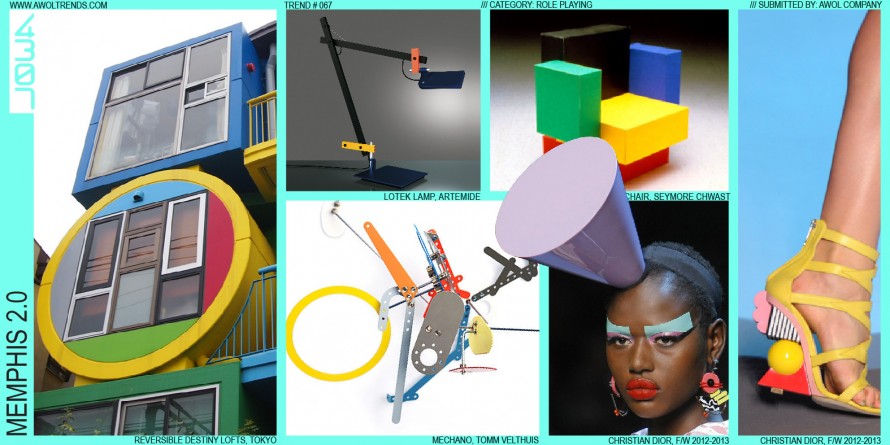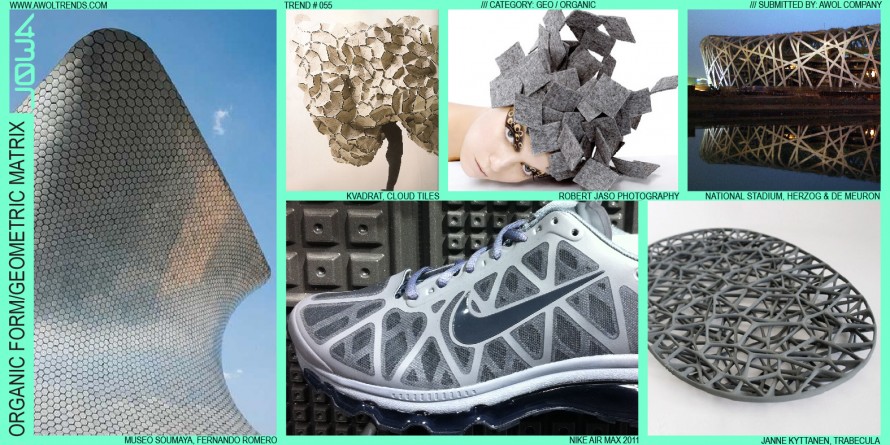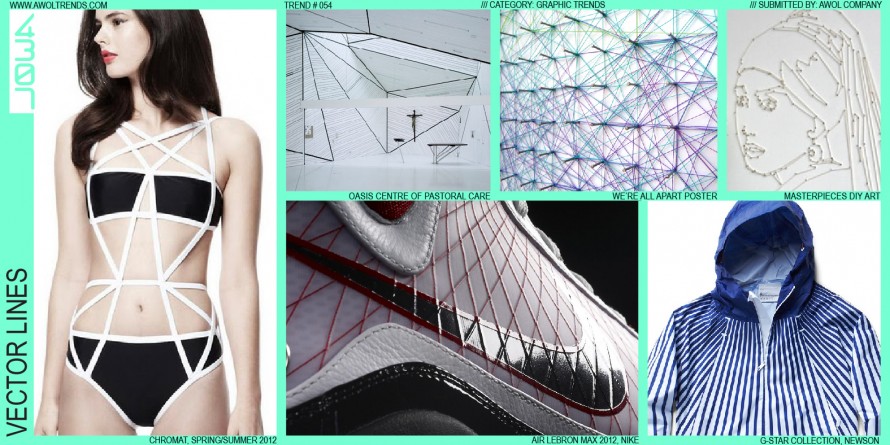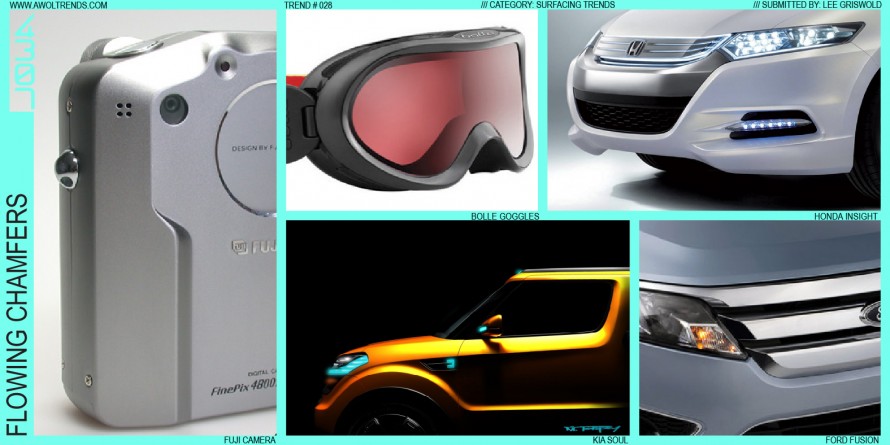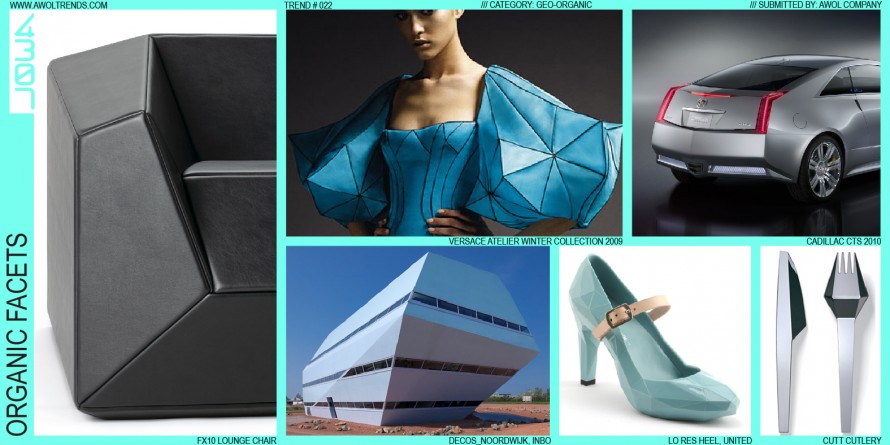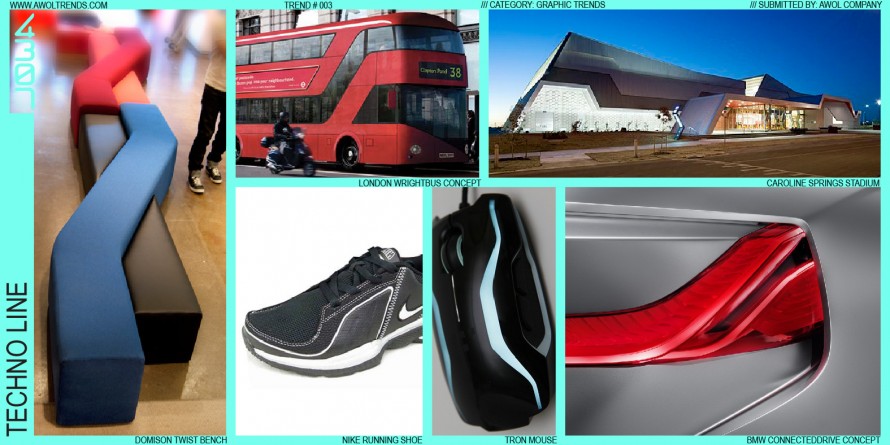ORIGAMI
The art of paper-folding originated in China and Japan hundreds of years ago, and has evolved into a masterful artistic genre. This simple method of turning a two-dimensional pattern into a three-dimensional form has been (for us Westerners) a delightful source of little paper swans, jumping frogs, boats, and tiny...
Read more


